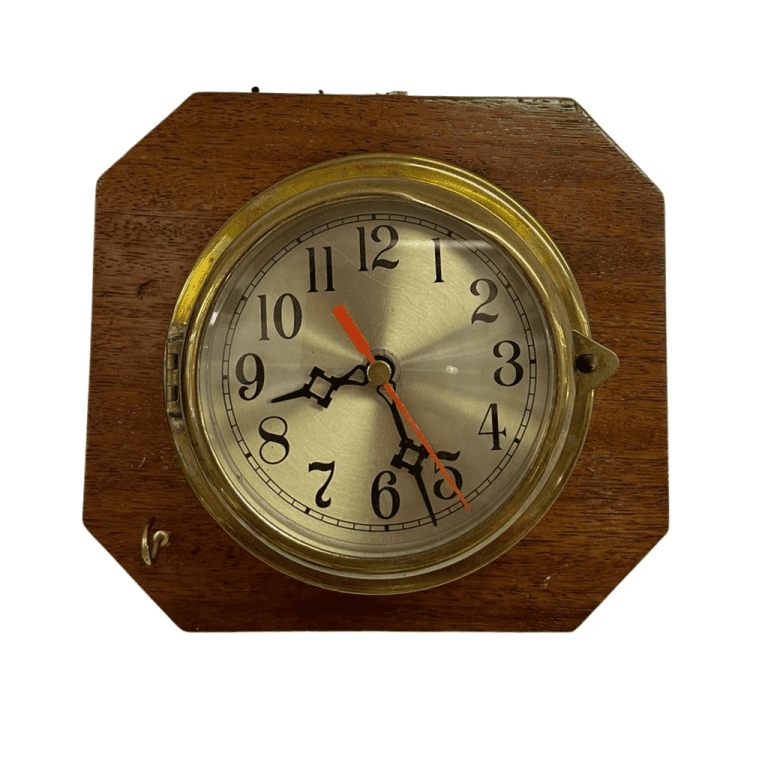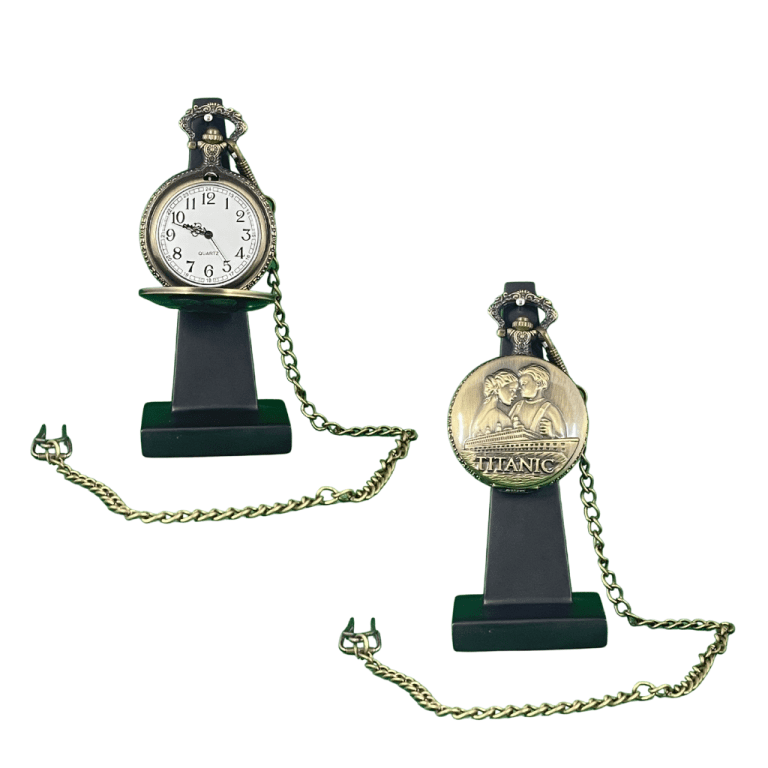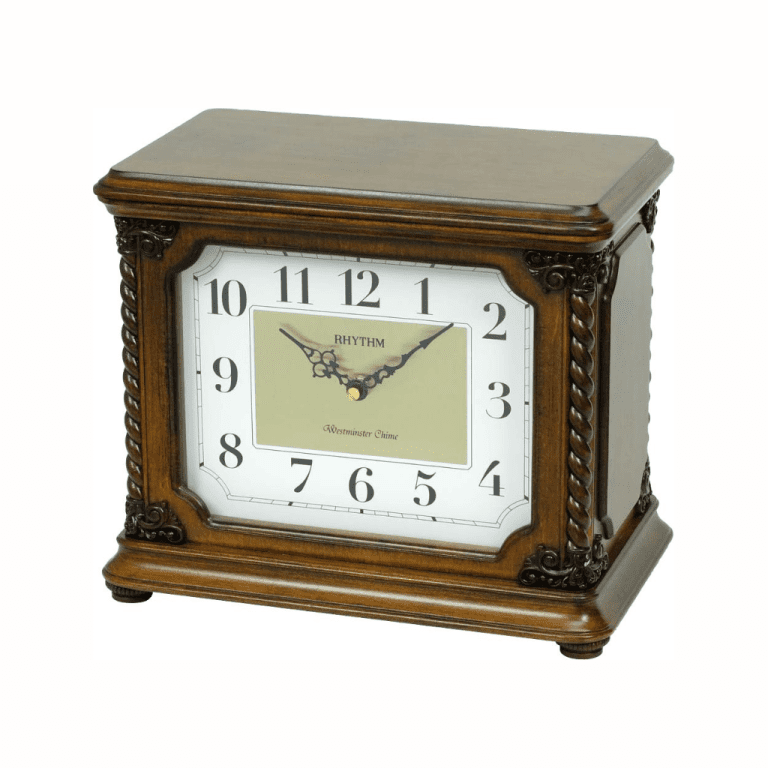A grandfather clock is more than just a timekeeper – it’s often a treasured family heirloom and a striking centerpiece in any home. To keep it in great working order, proper care and maintenance are essential.
The first step is ensuring your clock is standing level. Grandfather clocks rely on a precise swinging motion of the pendulum, and if the clock is tilted forward, backward, or to the side, the pendulum may not move evenly. Use a spirit level to adjust the case until the clock stands perfectly upright.
Next, check the weights and chains or cables. These weights drive the clock’s mechanisms and must be properly positioned. Make sure they are hanging straight and at equal height. If they’re uneven, the clock may stop prematurely or strike incorrectly. Wind your clock regularly—most grandfather clocks require winding once a week. Always wind smoothly and avoid forcing the crank, as this can damage the gears.
Cleaning is another important step. Dust can easily collect inside the clock, slowing the movement. Gently dust the exterior with a soft cloth and use a small brush to clean intricate carvings. For the internal movement, it’s best to leave cleaning to a professional clockmaker. They can safely remove dirt and old oil that may interfere with proper function.
Finally, lubrication is critical. Like any machine with moving parts, a grandfather clock requires oiling every two to three years. Over time, oil dries out, and running the clock without lubrication can wear down delicate parts.
With careful attention to leveling, winding, cleaning, and lubrication, your grandfather clock can run smoothly for generations to come. Regular maintenance not only preserves timekeeping accuracy but also honors the craftsmanship behind this timeless piece.














